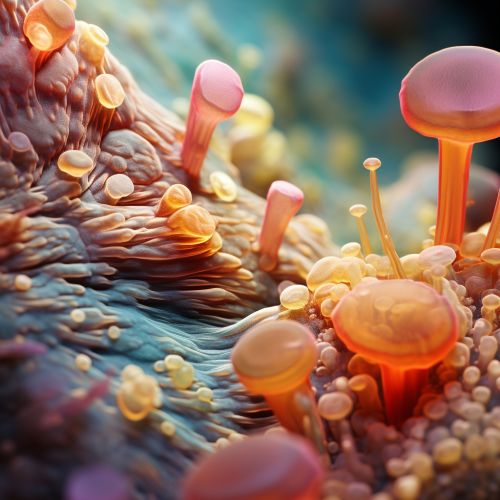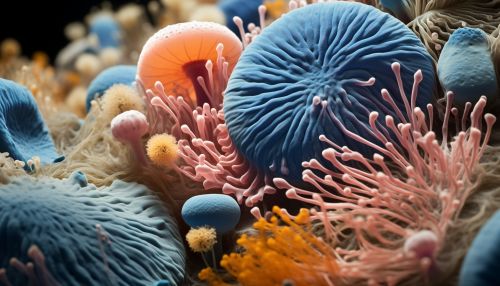Mechanisms of Microbial Biotechnology in Environmental Cleanup
Introduction
Microbial biotechnology is a branch of biotechnology that applies microbial sciences to create technological advances in applied science and engineering. The discipline of microbial biotechnology encompasses elements of microbiology, molecular biology, and biotechnology. One of the key applications of microbial biotechnology is in the area of environmental cleanup, where it is used to degrade pollutants, clean up contaminated environments, and monitor environmental conditions. This article will delve into the mechanisms of microbial biotechnology in environmental cleanup, providing a comprehensive and detailed account of the processes involved.
Microbial Biotechnology: An Overview
Microbial biotechnology, also known as microbial biotech, is a scientific discipline that combines elements of microbiology and biotechnology. It involves the use of microorganisms, such as bacteria and fungi, to perform industrial processes. The application of microbial biotechnology spans across various sectors including agriculture, food and beverages, pharmaceuticals, and environmental management.


Mechanisms of Microbial Biotechnology in Environmental Cleanup
Microbial biotechnology plays a crucial role in environmental cleanup. This process, often referred to as bioremediation, involves the use of microorganisms to degrade or transform pollutants into less harmful substances. There are several mechanisms through which microbial biotechnology aids in environmental cleanup:
Biodegradation
Biodegradation is a process that involves the breakdown of organic substances by microorganisms. The microorganisms use the pollutants as a source of energy and nutrients, breaking them down into simpler substances. This process is essential in the degradation of pollutants such as petroleum hydrocarbons, pesticides, and other organic pollutants.
Biosorption
Biosorption is another mechanism used in microbial biotechnology for environmental cleanup. In this process, microorganisms absorb and accumulate heavy metals from the environment. The absorbed metals can then be recovered and reused, reducing the overall impact of pollution.
Bioleaching
Bioleaching is a process used to extract metals from ores or waste materials. Microorganisms are used to oxidize the sulfide minerals present in the ores, releasing the metals. This process is used in the mining industry to extract valuable metals from low-grade ores.
Phytoremediation
Phytoremediation is a process that involves the use of plants to remove, degrade, or stabilize pollutants in the environment. While not directly a mechanism of microbial biotechnology, microorganisms play a crucial role in this process by enhancing the ability of plants to uptake and degrade pollutants.
Applications of Microbial Biotechnology in Environmental Cleanup
Microbial biotechnology has a wide range of applications in environmental cleanup. Some of the key applications include:
Oil Spill Cleanup
Microbial biotechnology is extensively used in the cleanup of oil spills. Certain types of bacteria, known as hydrocarbonoclastic bacteria, have the ability to degrade petroleum hydrocarbons, making them ideal for oil spill cleanup.
Waste Treatment
Microbial biotechnology is also used in waste treatment processes. In wastewater treatment, for instance, microorganisms are used to degrade organic pollutants, converting them into harmless substances.
Soil Remediation
In soil remediation, microbial biotechnology is used to degrade or transform pollutants present in the soil. This process is particularly useful in the cleanup of contaminated industrial sites.
Future Perspectives
The field of microbial biotechnology holds immense potential for the future. With advancements in genetic engineering and synthetic biology, it is now possible to engineer microorganisms with enhanced capabilities for environmental cleanup. However, the application of these technologies also raises ethical and regulatory concerns that need to be addressed.
